The age and maturity of fresh shiitake mushrooms significantly influence their sensory and chemical qualities after dehydration, especially in terms of texture, aroma, and umami intensity.
1. Cell Structure and Moisture Content
Younger shiitake mushrooms, harvested during the early "bud" or closed-cap stage, have a higher moisture content, thinner gills, and a more delicate cellular structure. These characteristics make them easier to dehydrate uniformly, and upon rehydration, they usually regain a tender, softer texture. This makes young dehydrated shiitake suitable for stir-fries, salads, or light soups where a supple mouthfeel is preferred.
Mature mushrooms, often harvested after the cap has fully expanded, contain denser tissues and thicker cell walls, particularly in the cap and stem. This translates into a firmer, chewier texture after rehydration, which may be desirable in long-simmered dishes like stews or braised recipes where the mushrooms need to hold their shape and structure over extended cooking times.
2. Umami Compound Development
From a flavor chemistry perspective, shiitake mushrooms are rich in free amino acids (especially glutamic acid) and nucleotide flavor enhancers such as guanosine monophosphate (GMP). These compounds are responsible for the characteristic umami depth that shiitake mushrooms are known for.
Mature shiitake mushrooms tend to have higher concentrations of these umami-related compounds, particularly GMP, due to more advanced cellular differentiation and metabolic accumulation. During the drying process, enzymatic and non-enzymatic reactions further enhance these compounds. As a result, dehydrated mature shiitake deliver a stronger, more complex umami flavor once rehydrated, making them highly valued in culinary applications where flavor depth is critical (e.g., stocks, sauces, plant-based meat analogs).
In contrast, younger shiitake mushrooms, though visually appealing and texturally tender, often produce a milder umami profile after dehydration due to their lower nucleotide content at the time of harvest.
3. Rehydration Efficiency and Soaking Behavior
The physical maturity also impacts how efficiently mushrooms can reabsorb water during soaking. Younger mushrooms typically rehydrate more quickly and evenly, while mature mushrooms, with their denser tissues, require longer soaking times and may still retain a slightly fibrous mouthfeel, especially in the stems.
Additionally, the soaking liquid from mature dehydrated mushrooms tends to be darker, more aromatic, and richer in umami, making it highly valuable as a flavor base. This mushroom broth is often reserved and used as a cooking liquid for rice, soups, or sauces to capitalize on the natural glutamate and flavor compounds extracted during soaking.
4. Application-Driven Selection
In industrial or commercial food processing, the choice of shiitake maturity is often driven by the end-use:
For instant foods, frozen ready meals, or quick-service restaurants, younger dehydrated shiitake are favored for their rapid rehydration and softer texture.
For premium culinary products, traditional Asian soups, or health food supplements, mature dehydrated shiitake are preferred due to their superior flavor concentration and complex umami character.
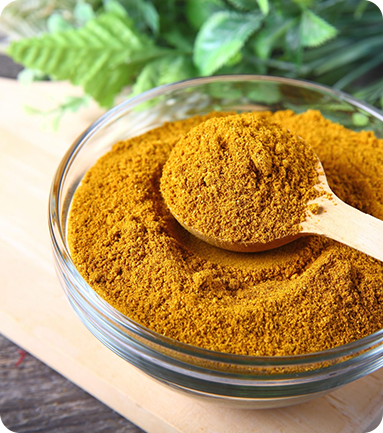
The maturity of fresh shiitake mushrooms at harvest plays a crucial role in shaping the functional qualities of the dehydrated product. Younger mushrooms offer better texture and ease of use, while mature mushrooms deliver deeper umami intensity and a more robust sensory profile. Selecting the right maturity level depends on the desired balance between texture and flavor for specific culinary or manufacturing applications.

 English
English 中文简体
中文简体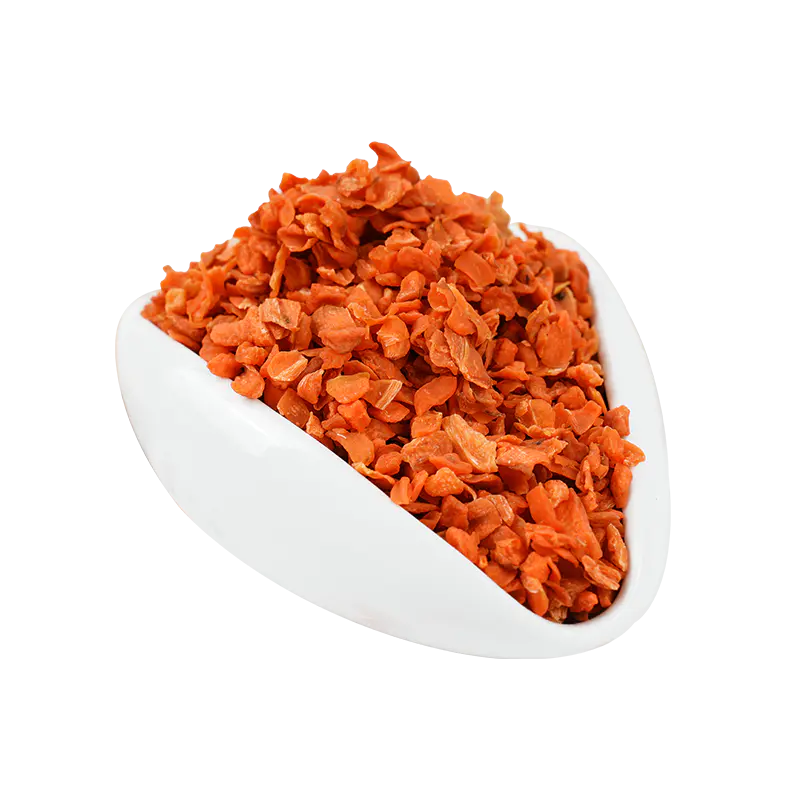
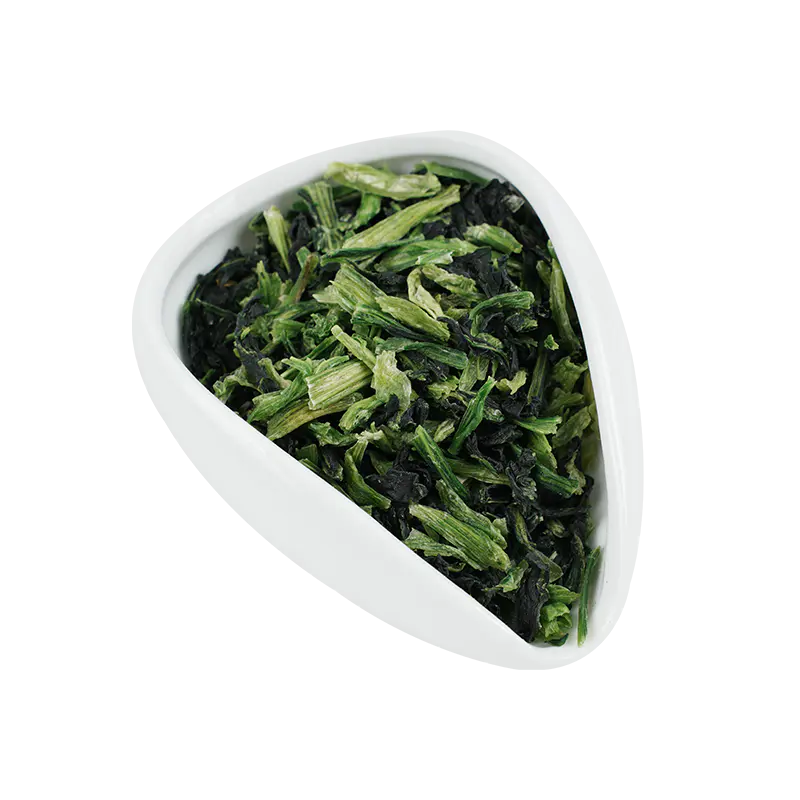
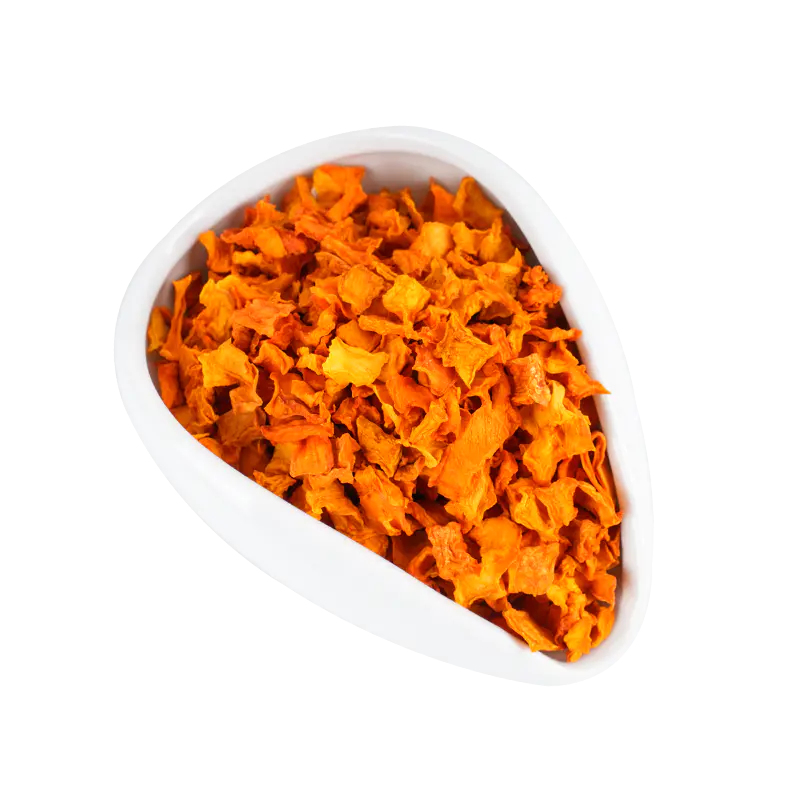
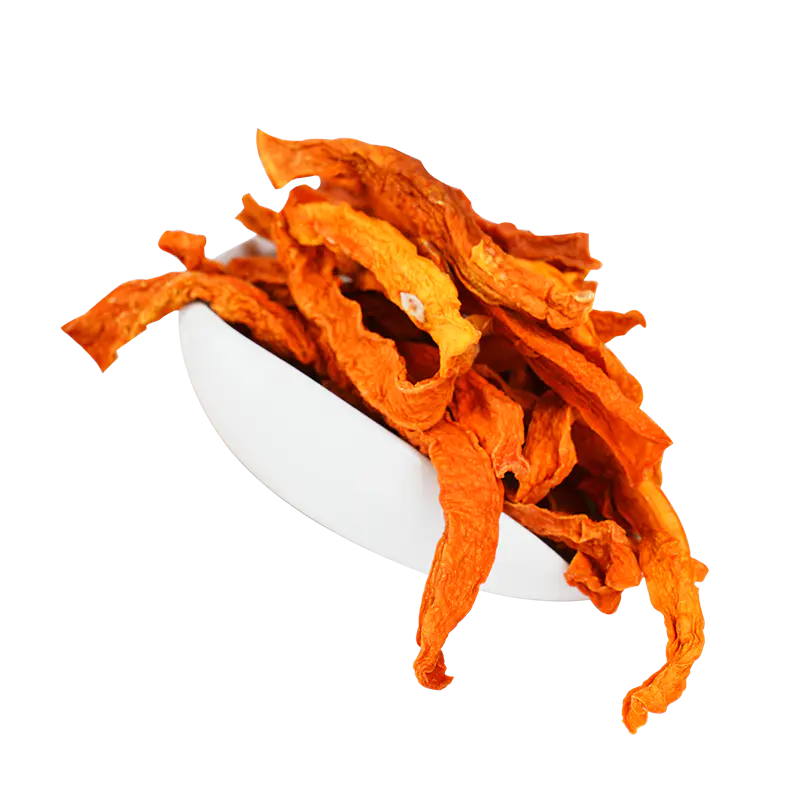
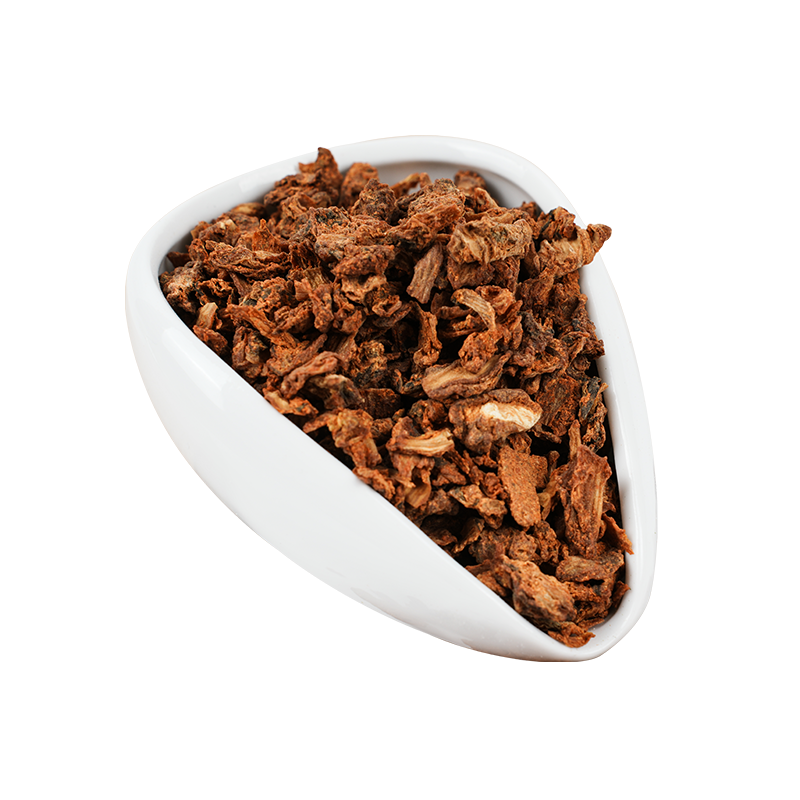

 Xinqian Village (Dehydrated Fruit and Vegetable Industrial Park), Duotian Street, Xinghua City, Taizhou City, Jiangsu Province, China
Xinqian Village (Dehydrated Fruit and Vegetable Industrial Park), Duotian Street, Xinghua City, Taizhou City, Jiangsu Province, China +86-13852647168
+86-13852647168
